Brazilian Elodea
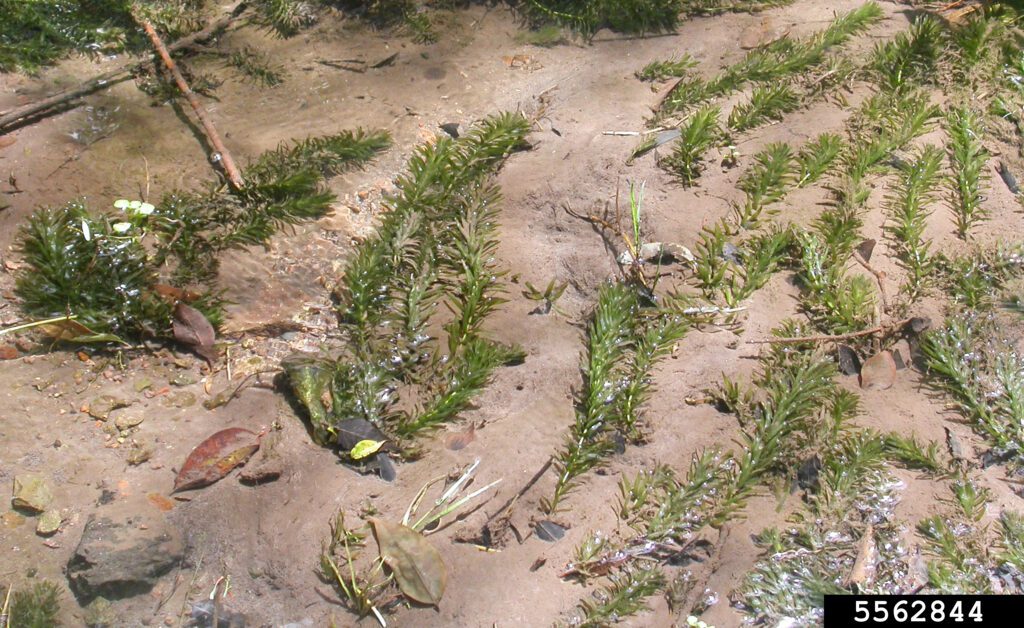
Rapid growth leads to dense, monospecific mats on the surface of the water. These mats crowd out native aquatic plant species, provide poor habitat for fish and impede boat movement and other recreational activities.
Hydrilla
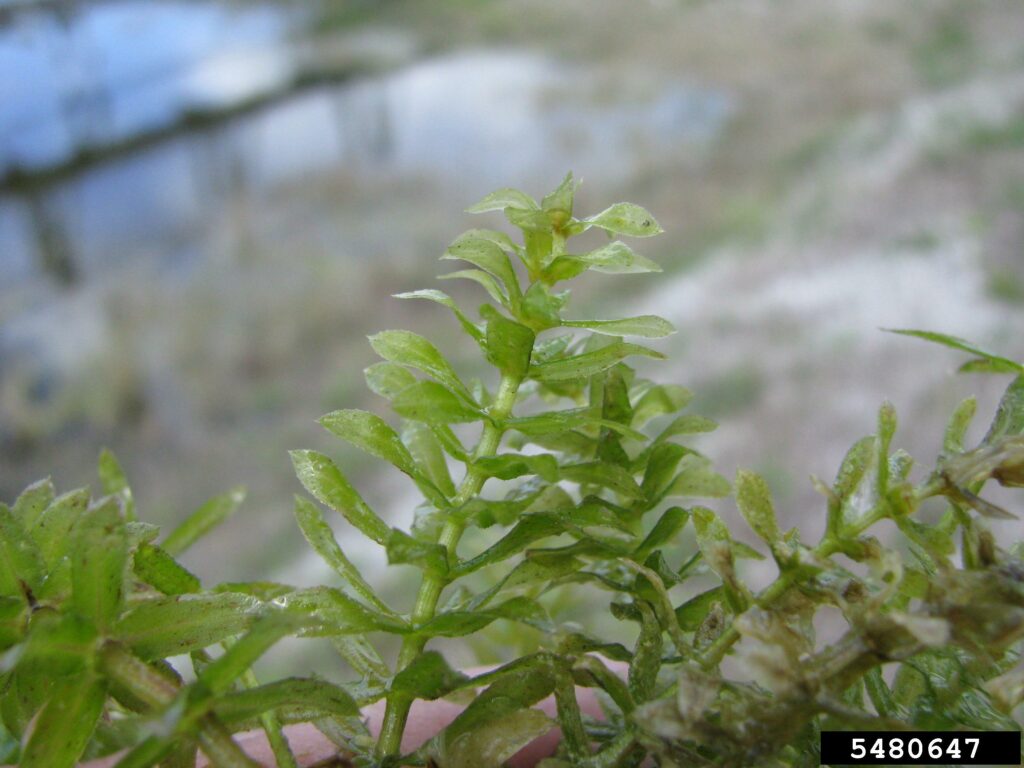
Hydrilla is a stocky whorled submergent plant with spiny leaves in whorls of approximately 4-6. It is well established in Florida lakes and streams, where it has caused widespread ecological and economical losses.
Invasive Carp
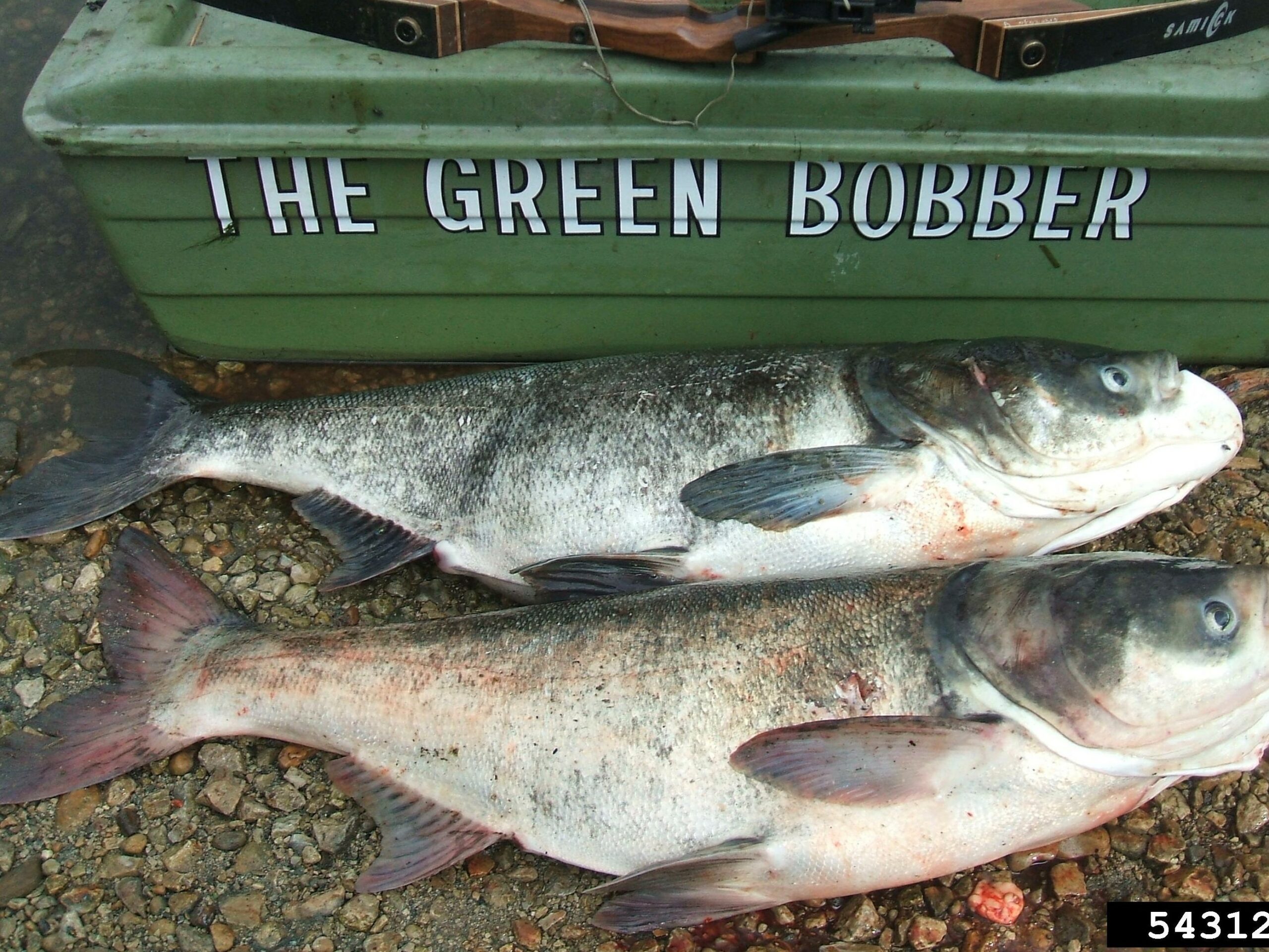
Invasive carp are a tremendous threat to the Great Lakes and could devastate the lakes if they enter our Great Lakes ecosystem. The invasive carp includes four species: black carp, grass carp, bighead carp, and silver carp.
New Zealand Mudsnail
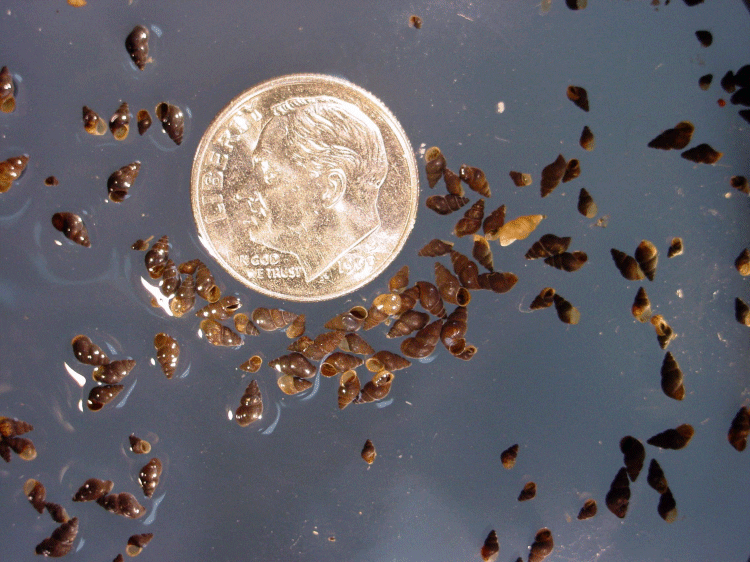
New Zealand mudsnails compete with other native species for food, disrupting the food chain and threaten the health and stability of aquatic ecosystems.
Northern Snakehead
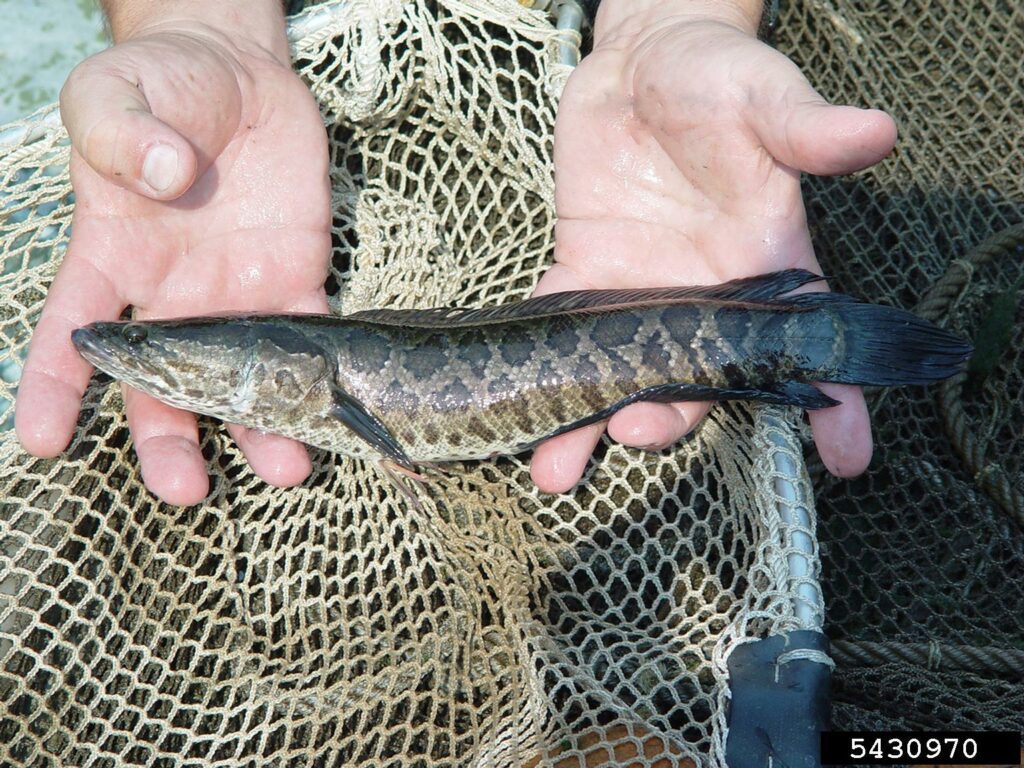
As with many non-native and invasive species, snakehead fish have no natural predators in the United States. This allows for competition and consumption of native fish species. Additionally, Northern snakehead fish can survive in waters with low oxygen levels, giving them a competitive advantage over native species.
Parrot Feather
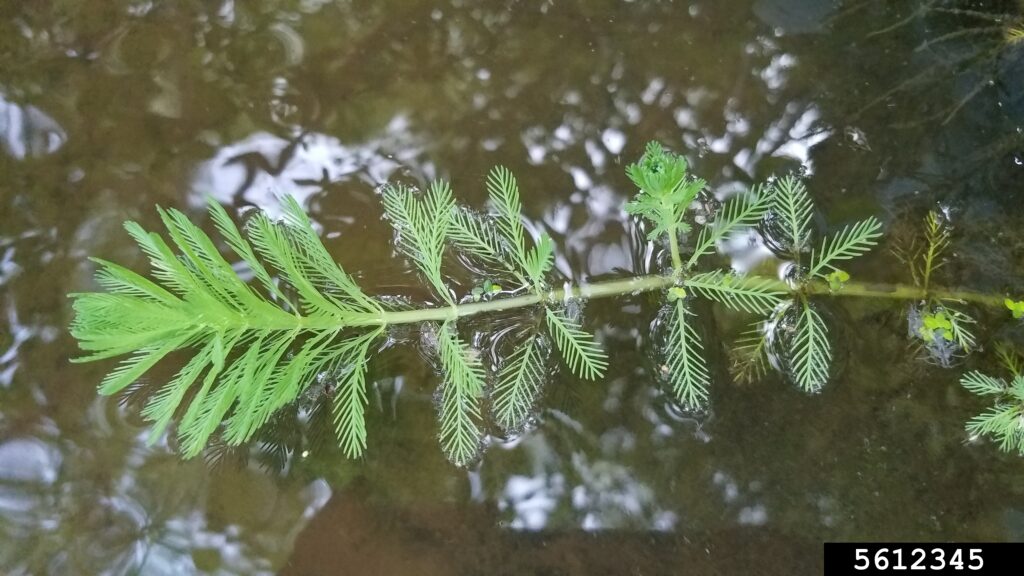
Parrot feather is an aggressive whorled aquatic plant that is similar to watermilfoils, but emergent. Its stems can rise up to 1 foot above water. The plant has feather-like leaves that look comparable to small fir trees. Parrot feather forms dense mats that crowd out native vegetation, clog waterways, and alter drainage
Red Swamp Crayfish
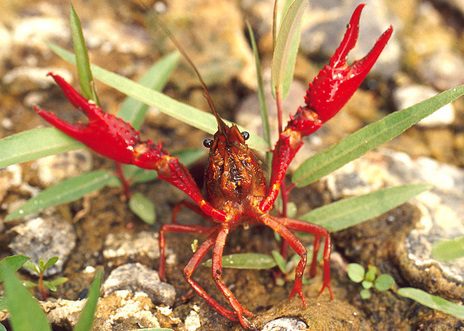
Red swamp crayfish are considered invasive in Michigan because they compete aggressively with native crayfish species for food and habitat. They feed on plants, insects, snails, juvenile fish and other crayfish, disrupting the food chain for many aquatic species.
Water Chestnut
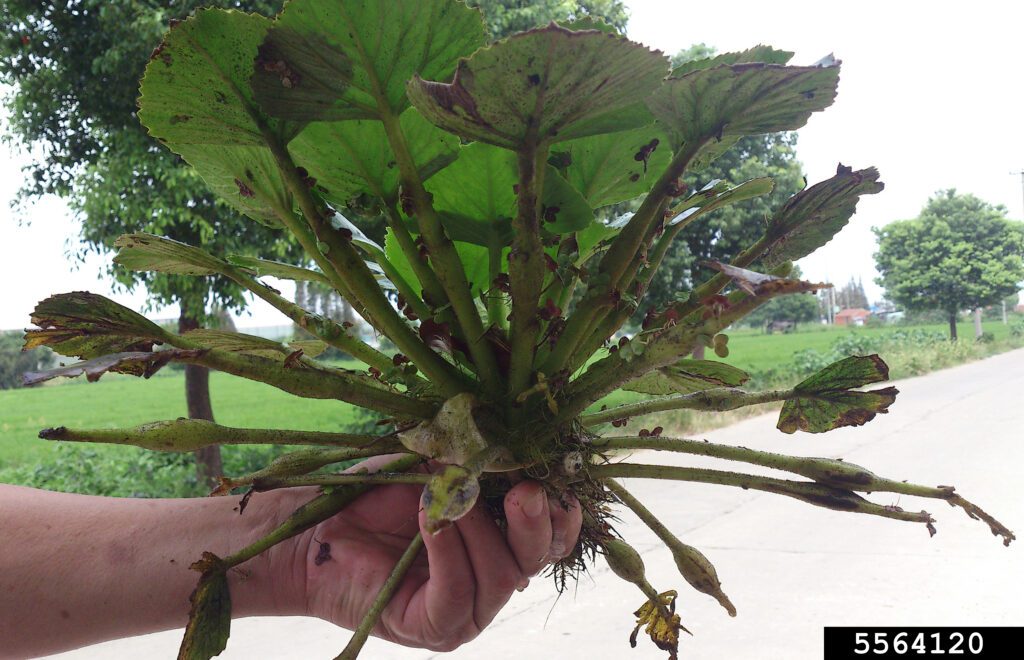
Water chestnut forms dense mats that shade out native aquatic vegetation, leading to a decrease in biodiversity. Decomposition of vegetation below a dense mat decreases oxygen levels and can cause fish kills. Boating and other recreational activities become almost impossible in an area invaded by water chestnut.

